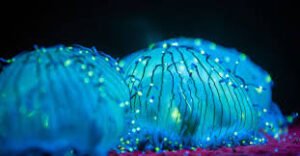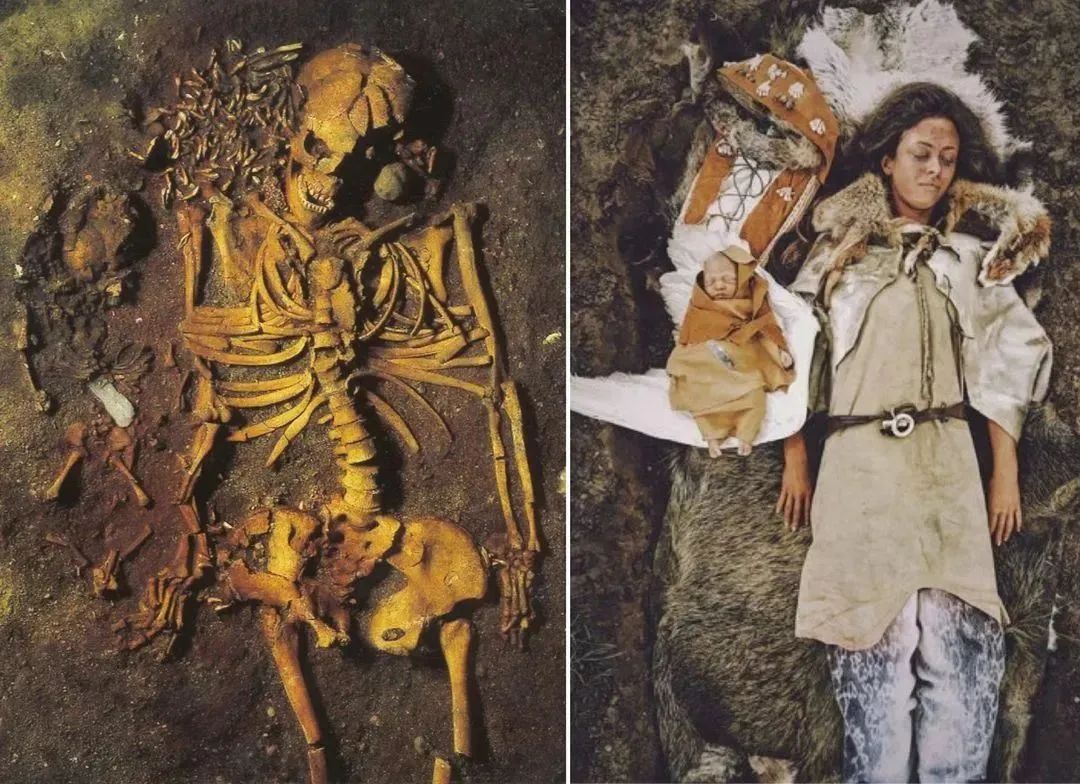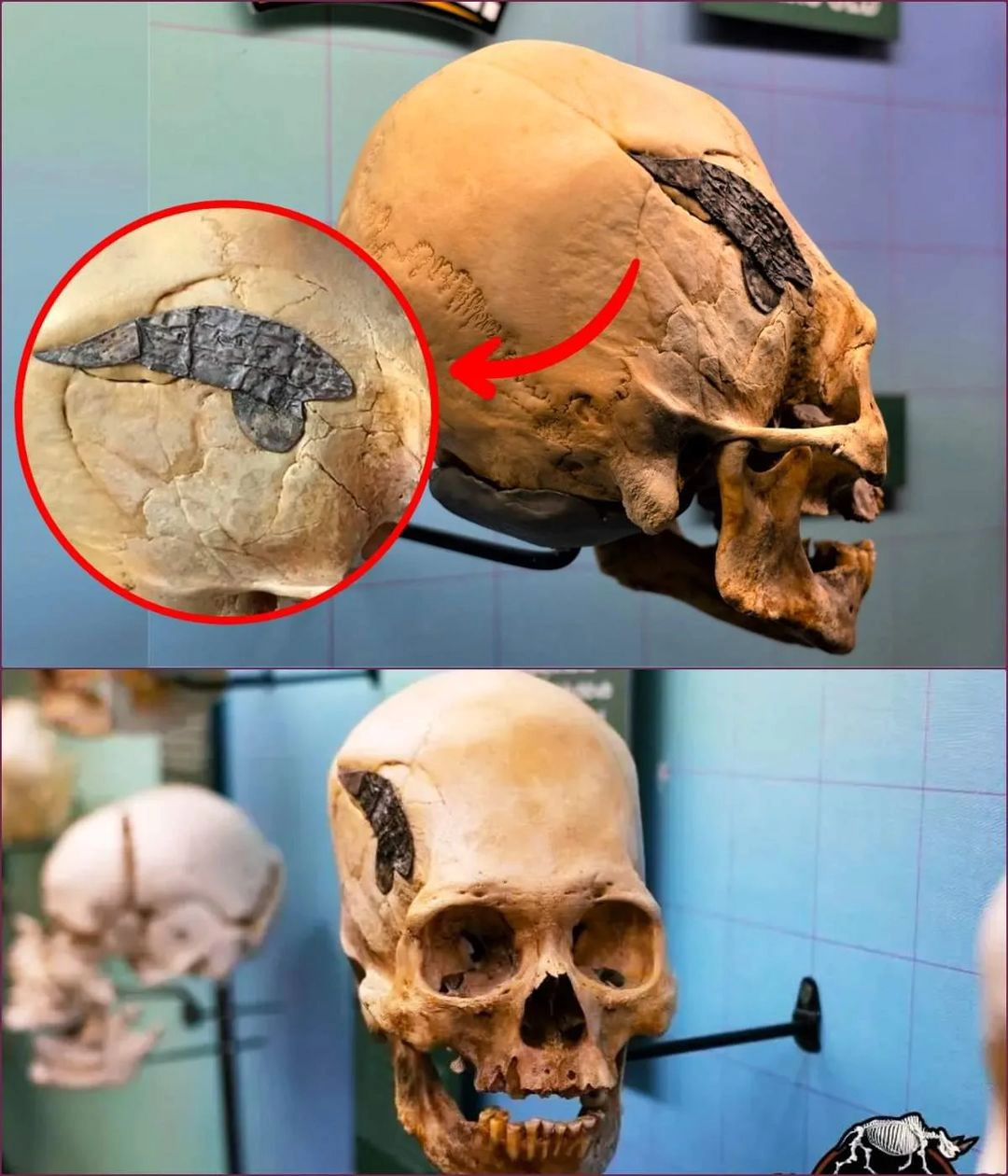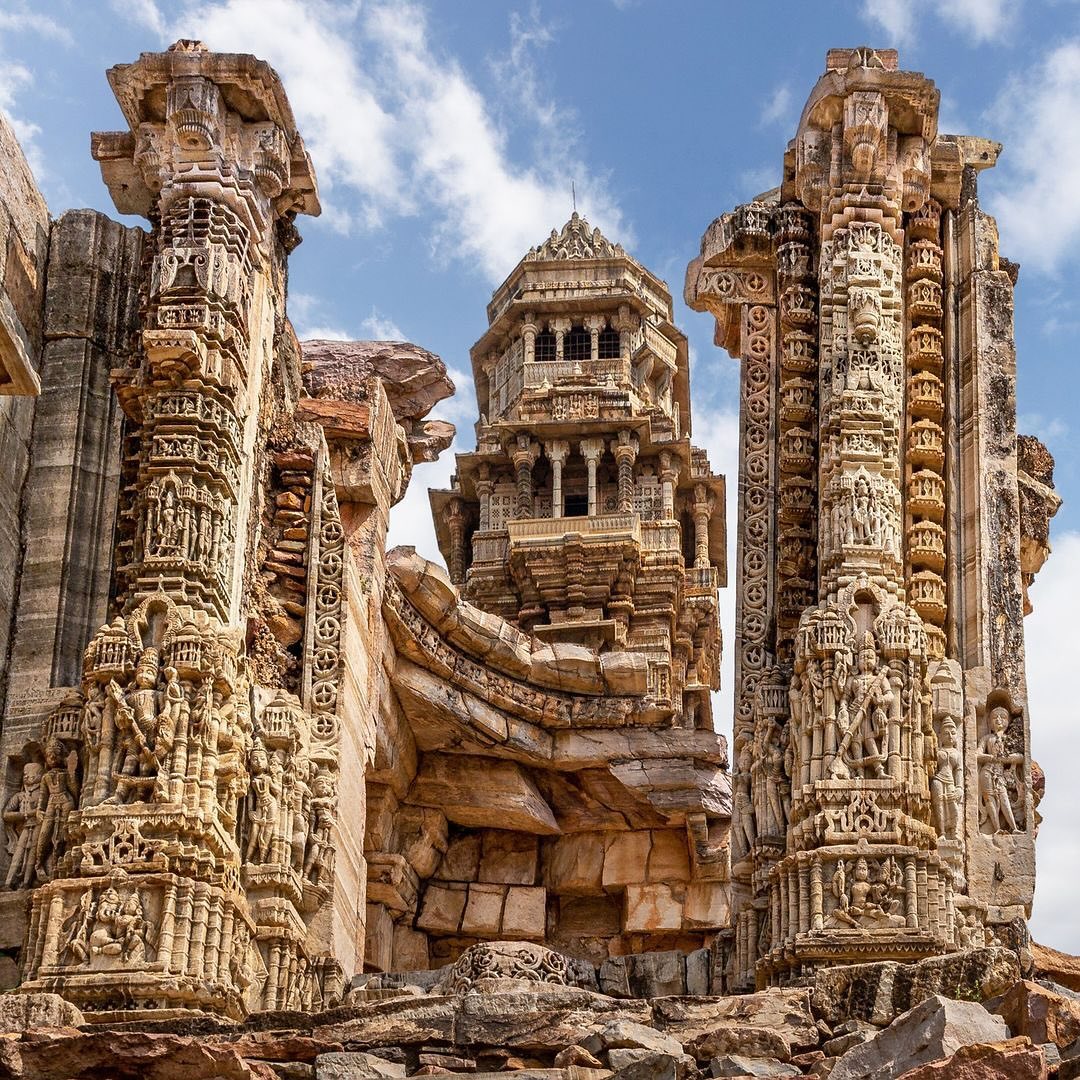Bioluminescence is a fascinating natural phenomenon in which living organisms produce visible light through a chemical reaction. This light emission is typically blue or green and is created by the interaction of a light-emitting molecule called luciferin with the enzyme luciferase.

Bioluminescence is found in a variety of organisms, including some species of:


- Marine Organisms: Many marine creatures are known for their bioluminescence. This includes fireflies, certain species of jellyfish, dinoflagellates (microscopic plankton), and deep-sea fish. Bioluminescence in the deep sea serves various purposes, including camouflage, attracting prey, and communication.
- Fireflies: Fireflies are perhaps the most well-known bioluminescent insects. They use their bioluminescent light to attract mates by producing unique flashing patterns.
- Deep-Sea Creatures: The deep sea is home to various bioluminescent organisms, such as anglerfish. These fish have bioluminescent lures or “fishing rods” that dangle in front of their mouths to attract prey in the pitch-black ocean depths.
- Cephalopods: Some squid, octopuses, and cuttlefish use bioluminescence for various purposes, including communication, hunting, and camouflage.
- Fungi: Some species of bioluminescent mushrooms and fungi emit a soft, eerie glow in the dark, often seen in forests.
- Bioluminescent Bacteria: Certain species of bacteria, such as Vibrio fischeri, are bioluminescent. They can be found in the guts of certain marine animals, contributing to their host’s bioluminescence.
The purpose of bioluminescence in these organisms varies, including attracting prey, confusing predators, communication, mating, and luring prey. It’s a remarkable example of nature’s diversity and adaptability. Bioluminescence has also found practical applications in scientific research, medical diagnostics, and biotechnology.

LIFE IN AUSTRALIA HAS adapted to our harsh climate in remarkable ways, but it’s those that use bioluminescence to lure prey, communicate and ward off predators, that have captured our attention.
Australia and New Zealand are the only places in the world where you can see glow worms in situ. Places like Glow Worm Glen in Bundanoon, NSW and the Melba Gully in the Great Otway National Park, VIC are popular not just with tourists, but local revellers too.
Read More Lyuba and Dima, two juvenile woolly mammoth mummies from Siberia











One thought on ““Unbelievable Glow-in-the-Dark Wonders: You Won’t Believe What These Living Lights Can Do!””